
I believe many people will ask this question: When I feel pain in my Achilles tendon while running, should I stop running?
As an avid runner, the last thing you want to do is stop training because of persistent Achilles discomfort. But should you keep running despite the pain, or should you take a break from running?
In short, yes, you can continue running with Achilles tendinitis, but whether you should continue running depends on the severity of the injury and how careful you are with your recovery and running form.
Why Does My Achilles Hurt When I Run
Achilles pain during running is a common issue that many athletes and runners experience. If you're a runner, "Why does my Achilles hurt when I run?" might be all too familiar. That nagging pain at the back of your ankle is enough to throw any runner off their stride.
5 Causes of Achilles Pain When Running:
Cause #1: Overuse or Repetitive Stress
Constant pressure on the tendon from running, especially on hard surfaces, can lead to overuse injuries.
Cause #2: Tight Calf Muscles
If your calves are tight or weak, they strain the Achilles tendon more during each stride.
Cause #3: Improper Footwear
Wearing shoes that lack proper arch support or cushioning can affect your running form and lead to Achilles tendon issues.
Cause #4: Inadequate Warm-Up or Cool-Down
Failing to properly warm up before running or stretch afterward can cause tightness in the Achilles tendon.
Cause #5: Flat Feet or High Arches
Foot types that lack proper arch support may place additional stress on the Achilles, increasing the risk of injury.

What is Achilles Tendinitis?
The Achilles tendon is the largest in your body. It connects the calf muscles (gastrocnemius and soleus) to your heel bone (calcaneus). The Achilles tendon is the primary tendon in ankle push-off, which is what you do when you walk or run.
Achilles tendonitis refers to the irritation and breakdown of the Achilles tendon, the band of tissue connecting your calf muscles to your heel. The affected area may become swollen and tender. Pain often occurs midway along the tendon, but in some cases, discomfort is felt right where the tendon inserts into the heel bone—this is known as insertional Achilles tendonitis.
How To Recognize Achilles Tendinitis & Achilles Tendinitis Symptoms
Knowing the classic signs of Achilles tendinitis helps you determine if that's what's causing your pain. Look out for these common symptoms:
Pain and stiffness along the back of your ankle, especially after running or other activity. This pain might worsen throughout the day.
Morning stiffness that may lessen slightly with movement.
Tenderness, swelling, or a feeling of warmth around the tendon.
Occasional cracking or snapping sensations when you move your ankle.
If you experience these symptoms, ask for professional advice. While these signs point toward Achilles tendinitis, a proper diagnosis helps rule out other potential injuries and ensures you receive appropriate treatment.

How do I Stop my Achilles from Hurting When I Run?
Achilles tendonitis is typically caused by overuse, meaning that continuing to run often worsens the pain. The condition stems from repeated strain and stress on the tendon over time. As a result, many people feel the need to halt all physical activity as soon as symptoms appear. However, complete rest isn't always required—many cases can be managed with proper care, modifications to activity, and targeted treatment.
If your Achilles tendon pain is manageable, continuing to run during recovery might still be an option, as long as you’re extra cautious. Begin with a more focused warm-up routine. Gentle stretches and applying warm water to the tendon can help loosen the area and prepare it for activity. After running, use ice to reduce any swelling or inflammation. To support healing, make it a habit to apply warm compresses and gently foam roll your Achilles in the mornings and evenings. These simple steps can help protect your tendons and allow you to stay active as you recover.
When running with Achilles tendonitis, two important precautions can make a big difference. First, monitor your pace—avoid pushing yourself too hard. Keeping a slower, more controlled speed helps prevent additional strain on the tendon. Second, consider wearing a supportive orthotic insole. PCSsole running insoles are designed to offer reliable arch support and impact absorption, helping reduce stress on the Achilles during activity. With the right insole and a mindful approach, it’s possible to stay active without worsening your condition.
If your Achilles tendon pain becomes intense during runs or fails to improve after a few weeks of continued activity, it may be time to pause and seek medical advice. It’s especially important to stop running if the pain is sharp or persistent, or if you find it difficult to lift your toes off the ground while seated due to stiffness or discomfort in the tendon. Pushing through in this state can significantly worsen the injury and delay recovery. Taking a break now can help prevent a longer-term setback later.
Running with Achilles tendonitis can still be safe if the discomfort is manageable and you follow the right steps to protect your tendon. Paying attention to your body, easing into your runs, and incorporating smart recovery techniques can help you stay active without making the injury worse.
PCSsole insoles are specially crafted to help minimize the risk of common running injuries like Achilles tendonitis. For those already experiencing pain, the added support from our insoles can make a real difference in comfort and recovery. Discover the ideal PCSsole insert for your needs—and hit the ground running again with less pain and more confidence.
Who shoots Achilles in the heel?
One early morning, wincing from the intense pain in his Achilles tendon, the founder muttered, "So this is the legendary Achilles' heel." Determined, he created a brand of insoles(PCSsole)to alleviate foot discomfort. With newfound determination, he embarked on a mission to provide relief, turning his pain into a catalyst for change. Drawing inspiration from our struggles with discomfort and pain, along with the industry professionals, we set out to create insoles that would alleviate these issues and empower individuals to live their lives to the fullest.
Achilles' Heel originally refers to the heel of Achilles, which is the only part of his body that is not immersed in the water of the Styx and becomes his only weakness. Achilles was later killed by a poisoned arrow in the ankle during the Trojan War. Now it is extended to mean a fatal weakness or key point.
Achilles is the beloved son of the mortal hero Peleus and the sea goddess Thetis. To make her son a "golden bell", Thetis held him upside down and dipped him into the Styx when he was just born. Unfortunately, Achilles' heel, which was pinched by his mother, accidentally fell out of the water, leaving the only "death point" in his body. Later, Achilles was shot in the ankle by Paris and died. Later generations often use "Achilles' heel" to illustrate the truth that even the most powerful heroes have fatal weak spots or weaknesses.


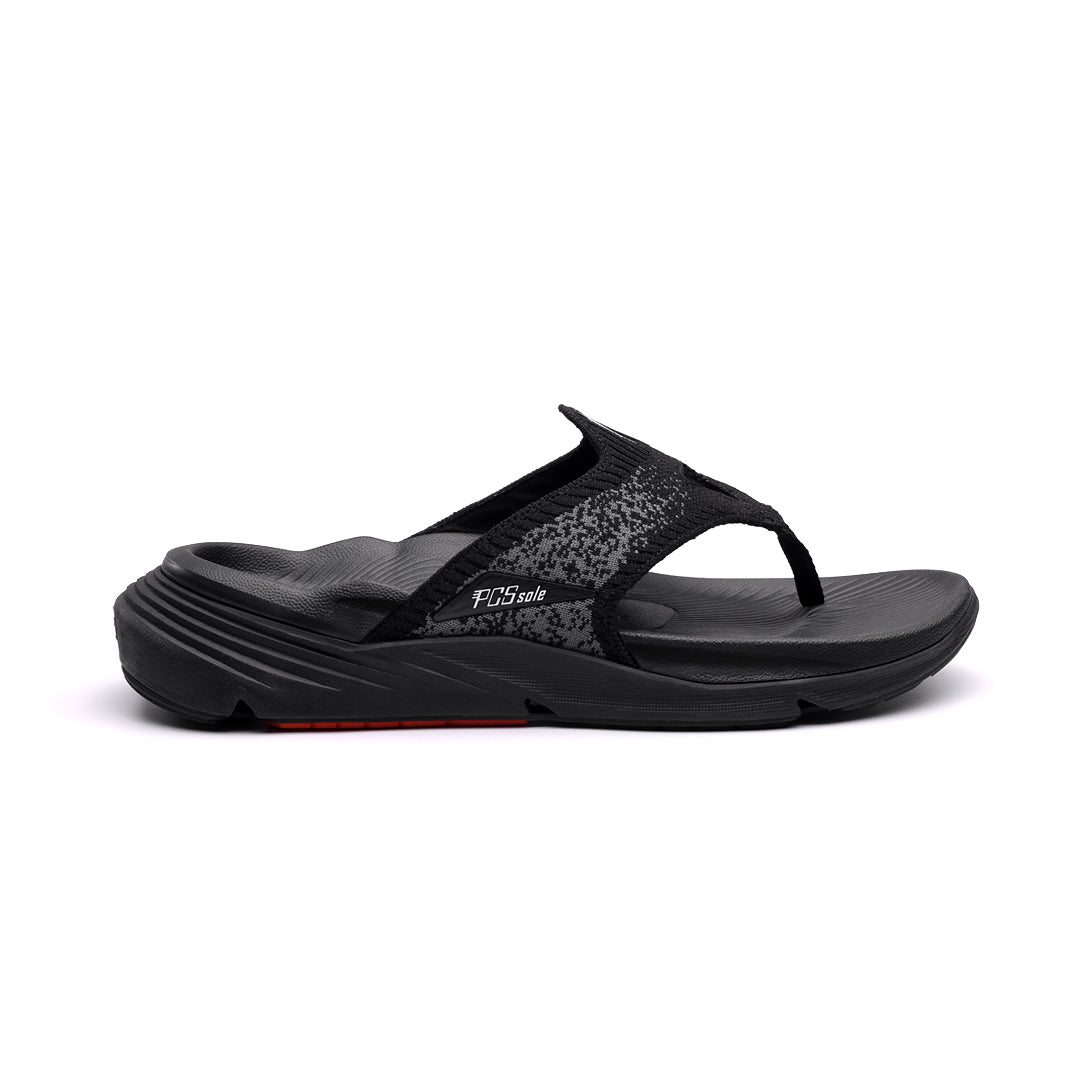

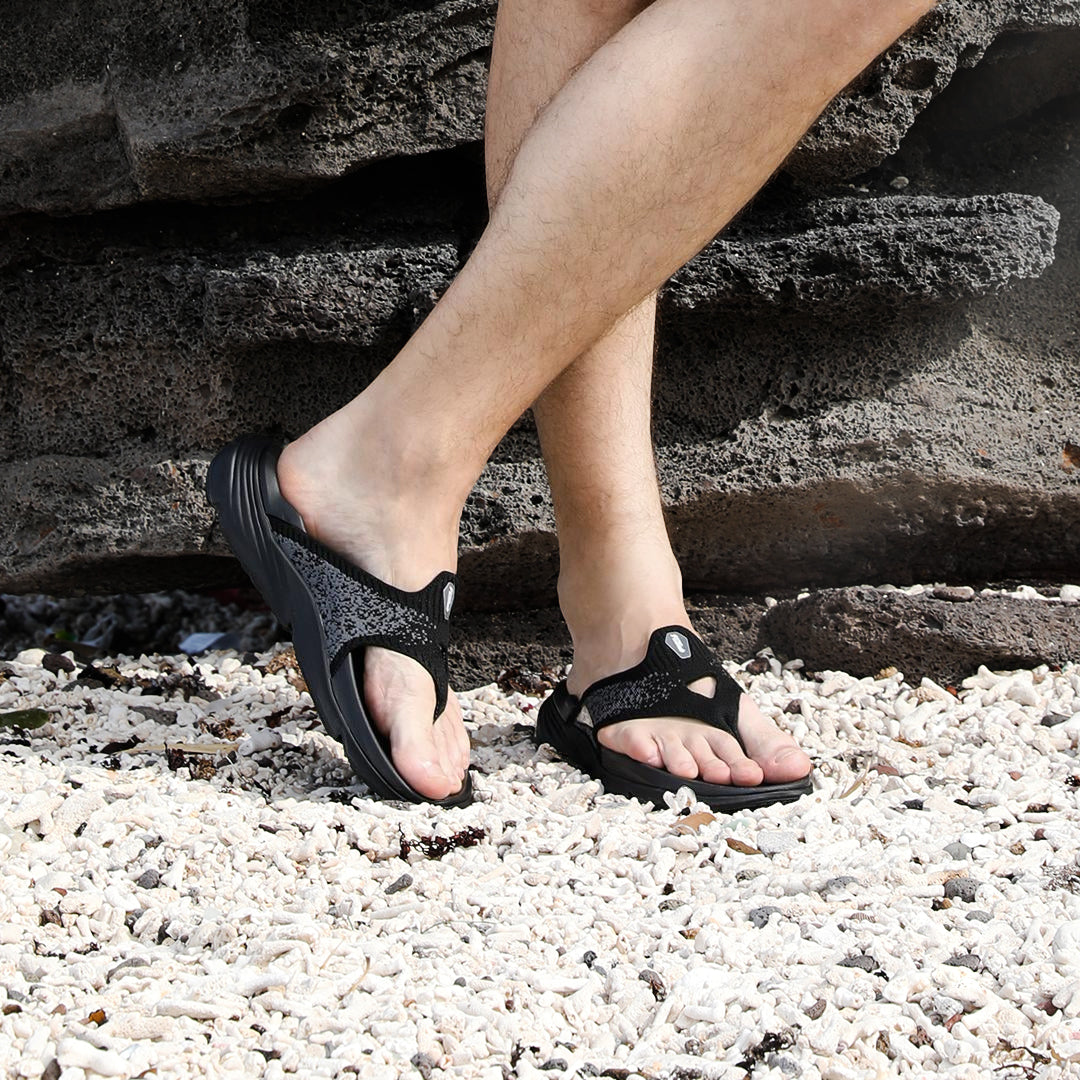
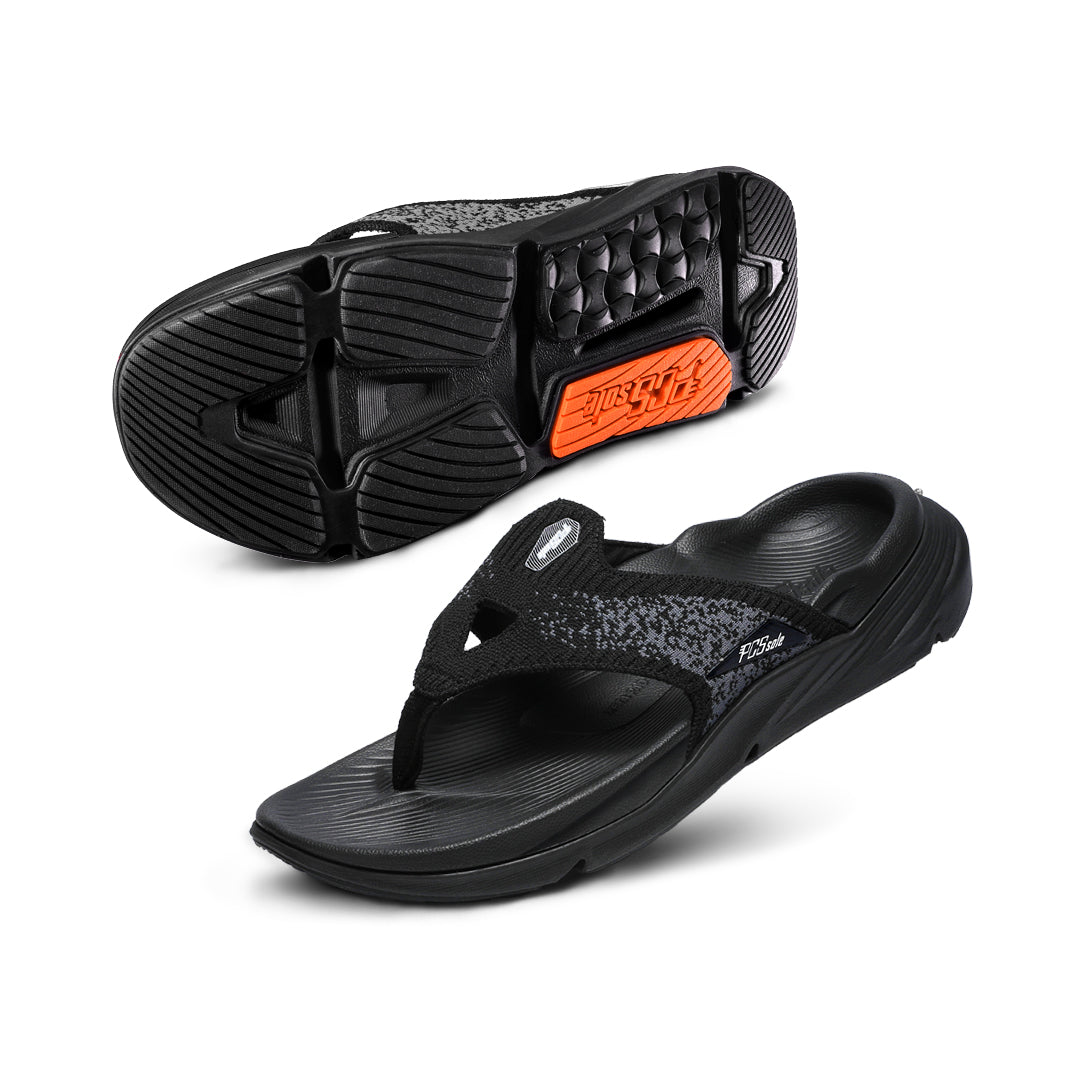
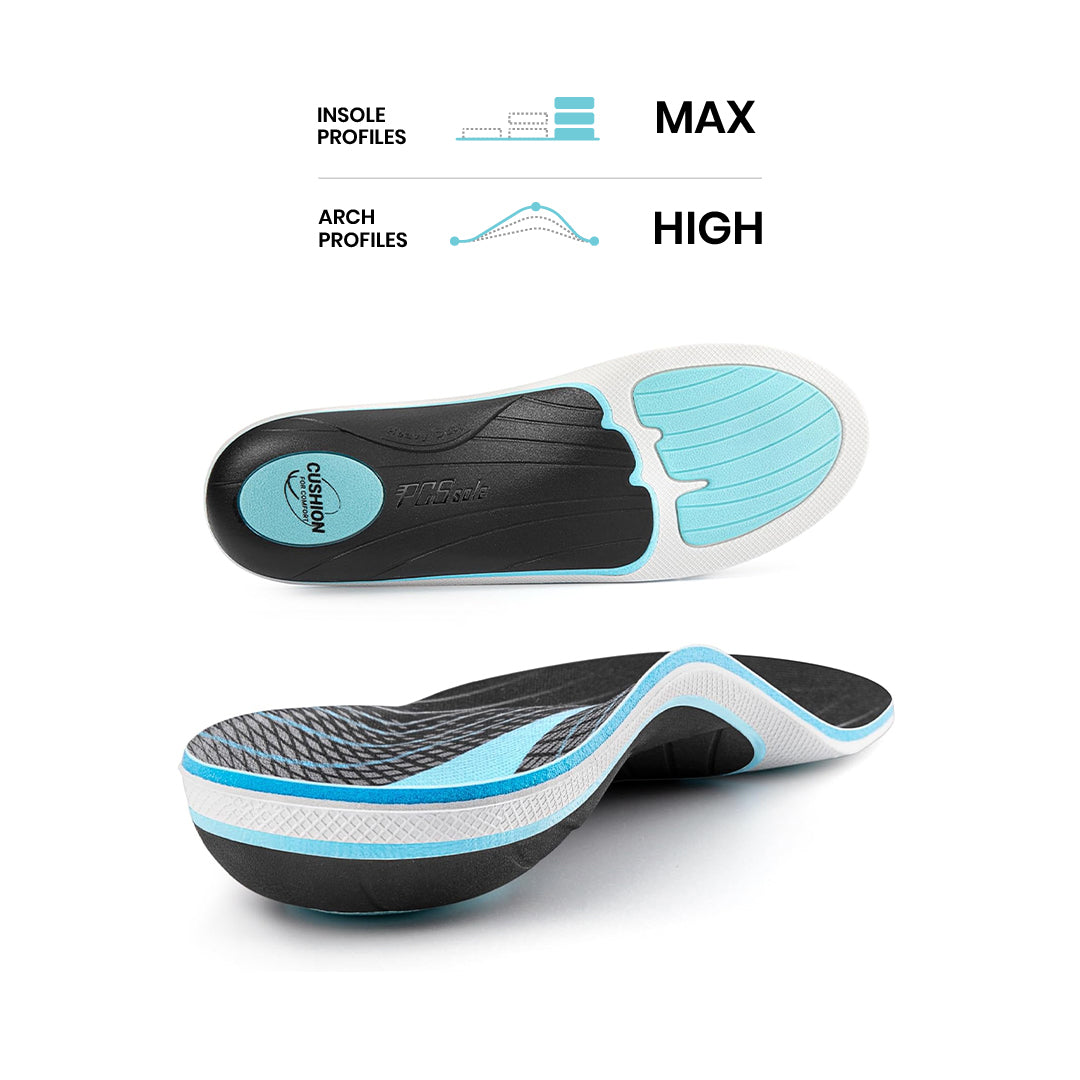
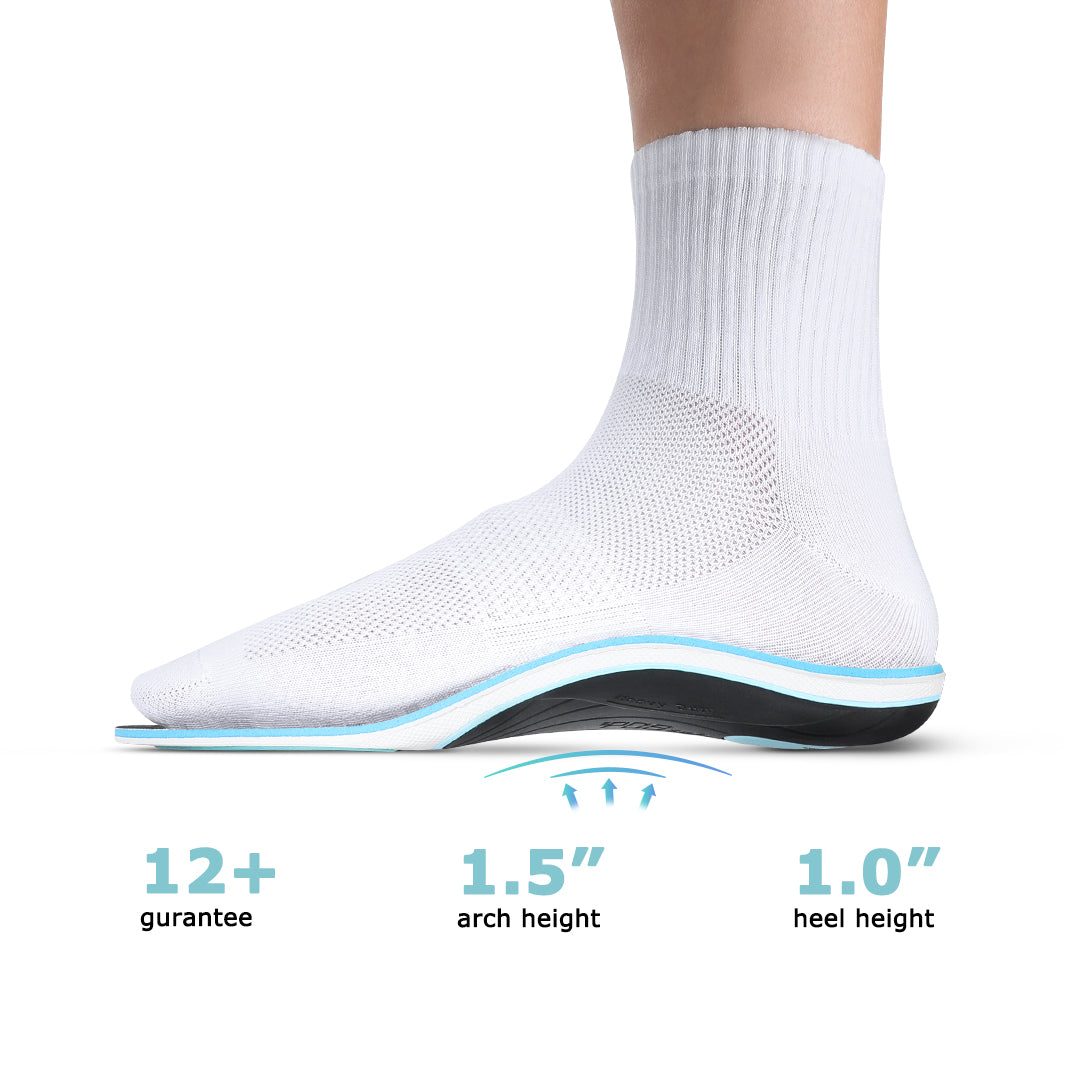
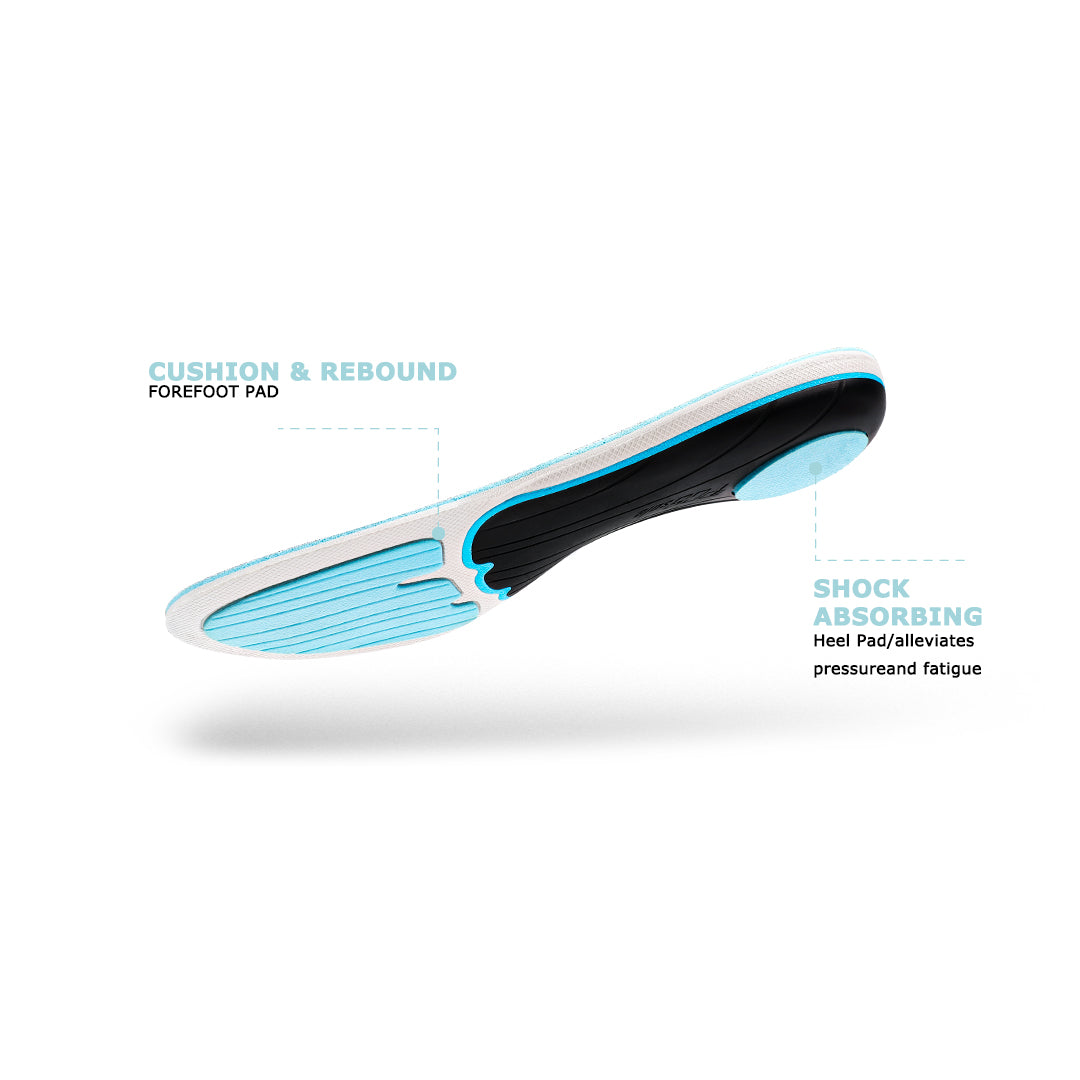
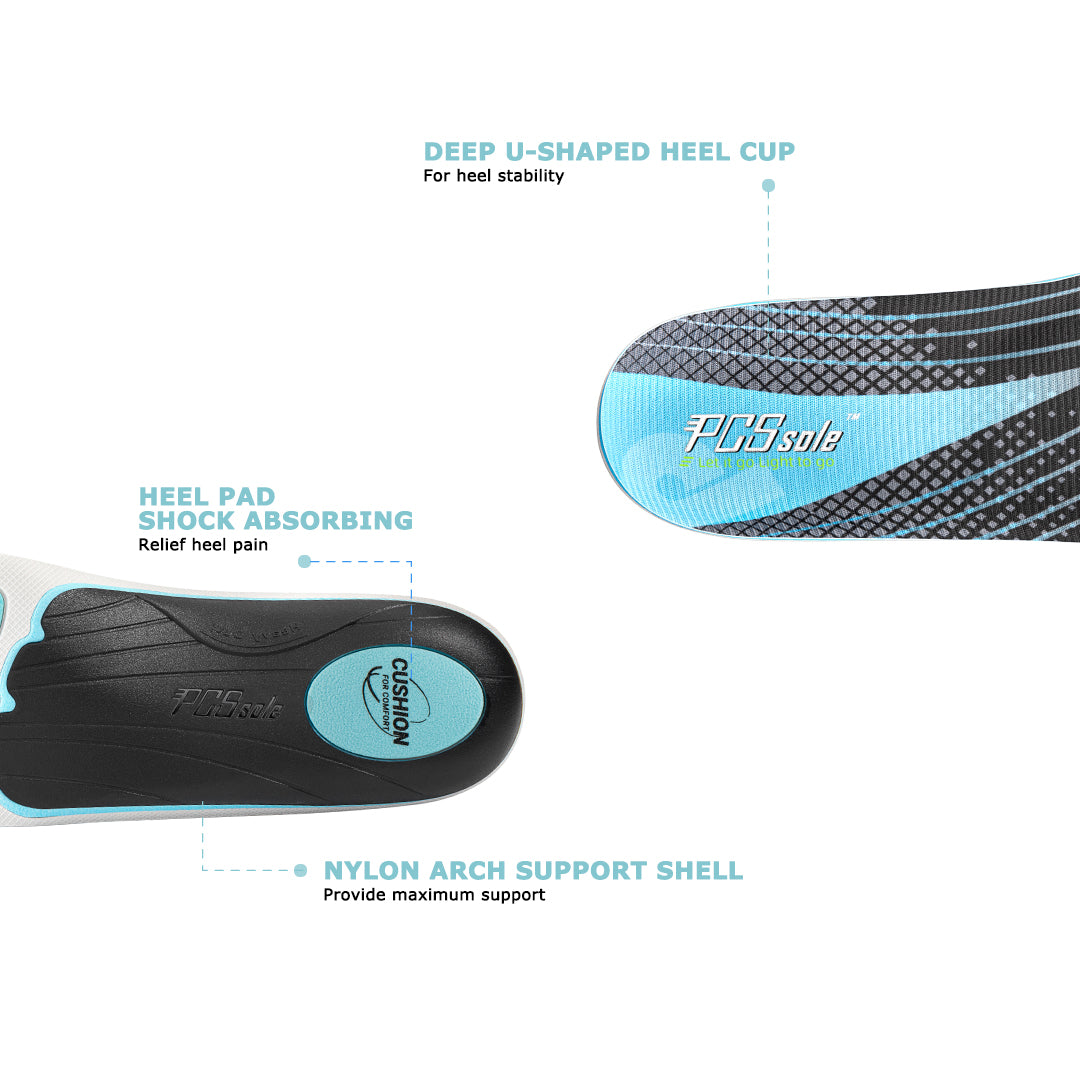
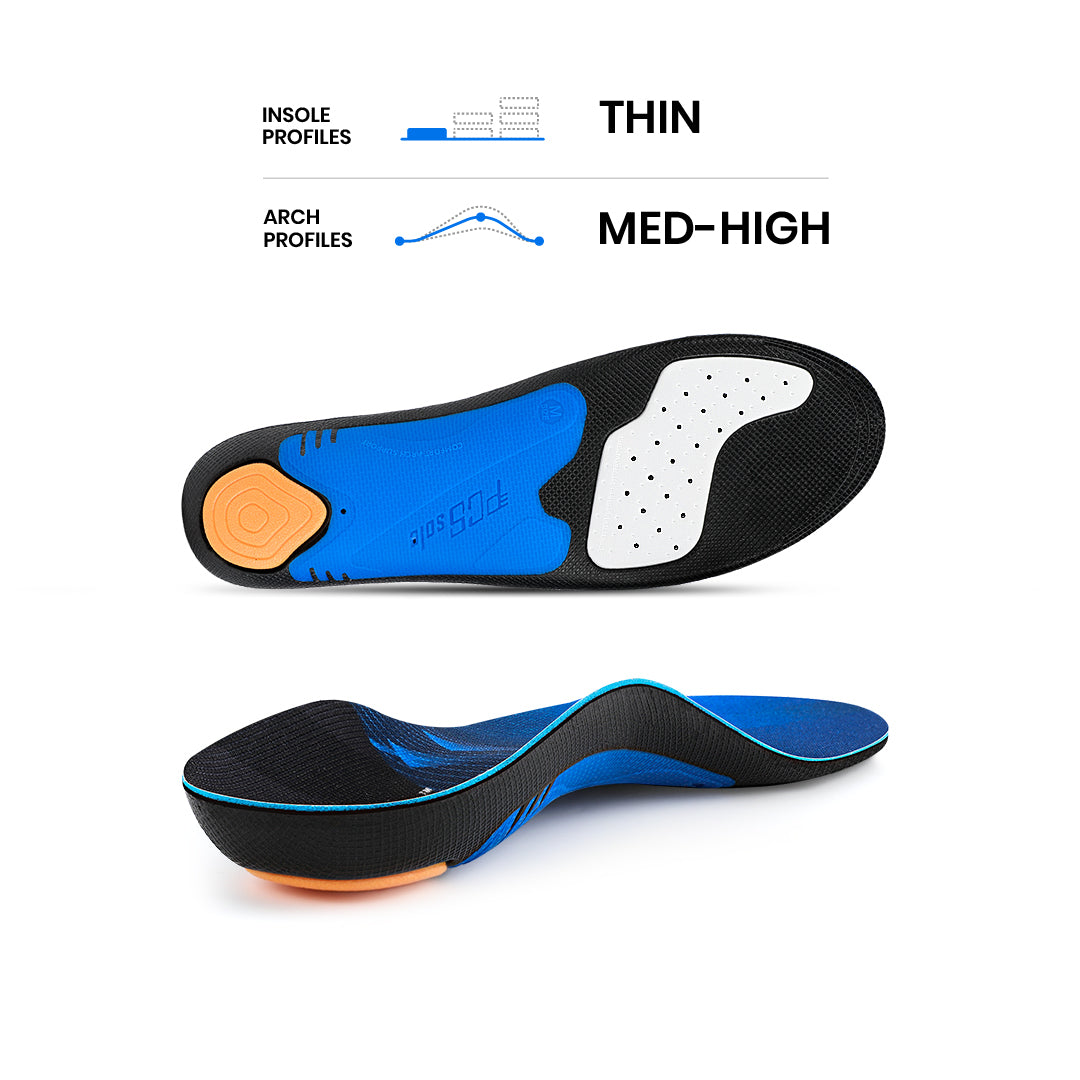
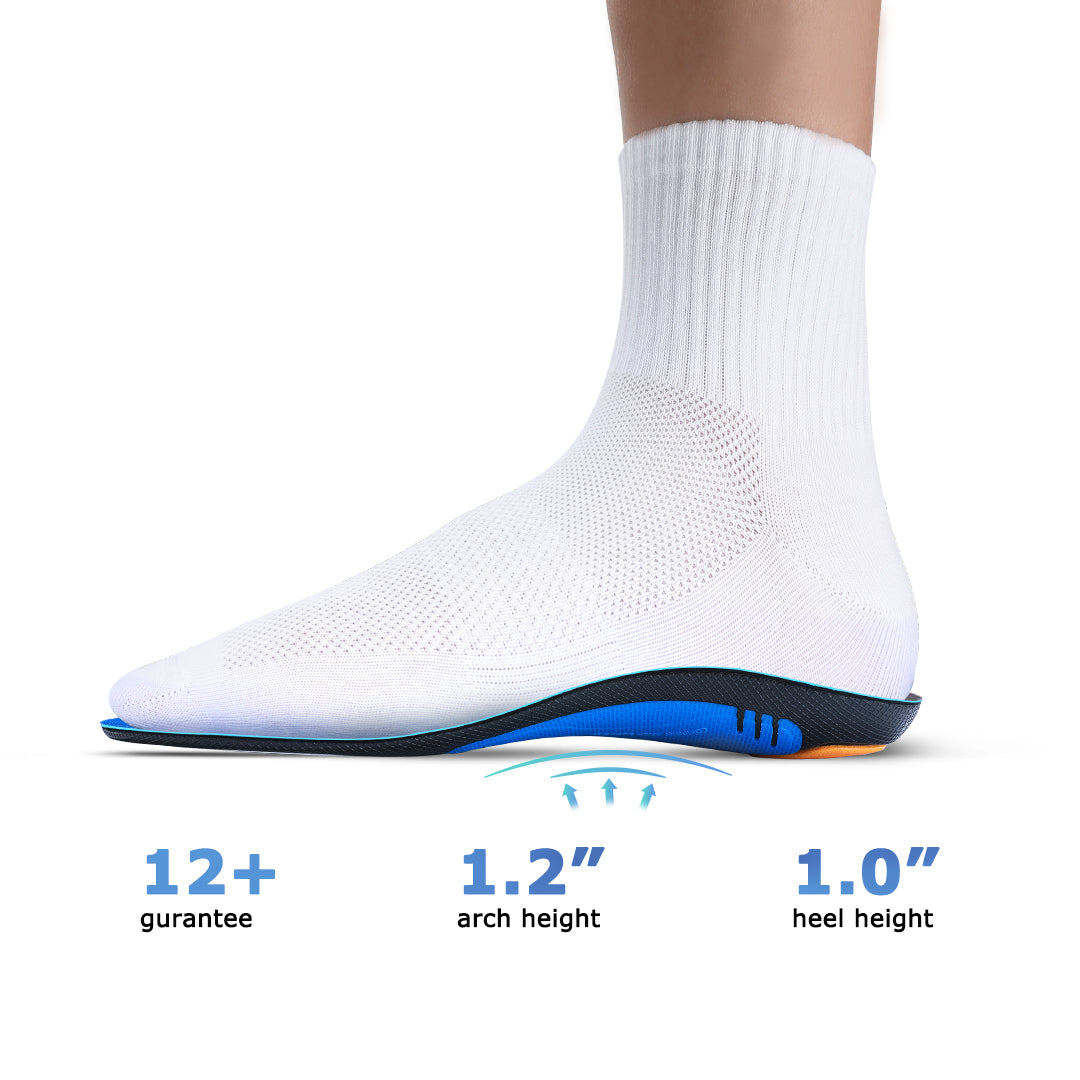
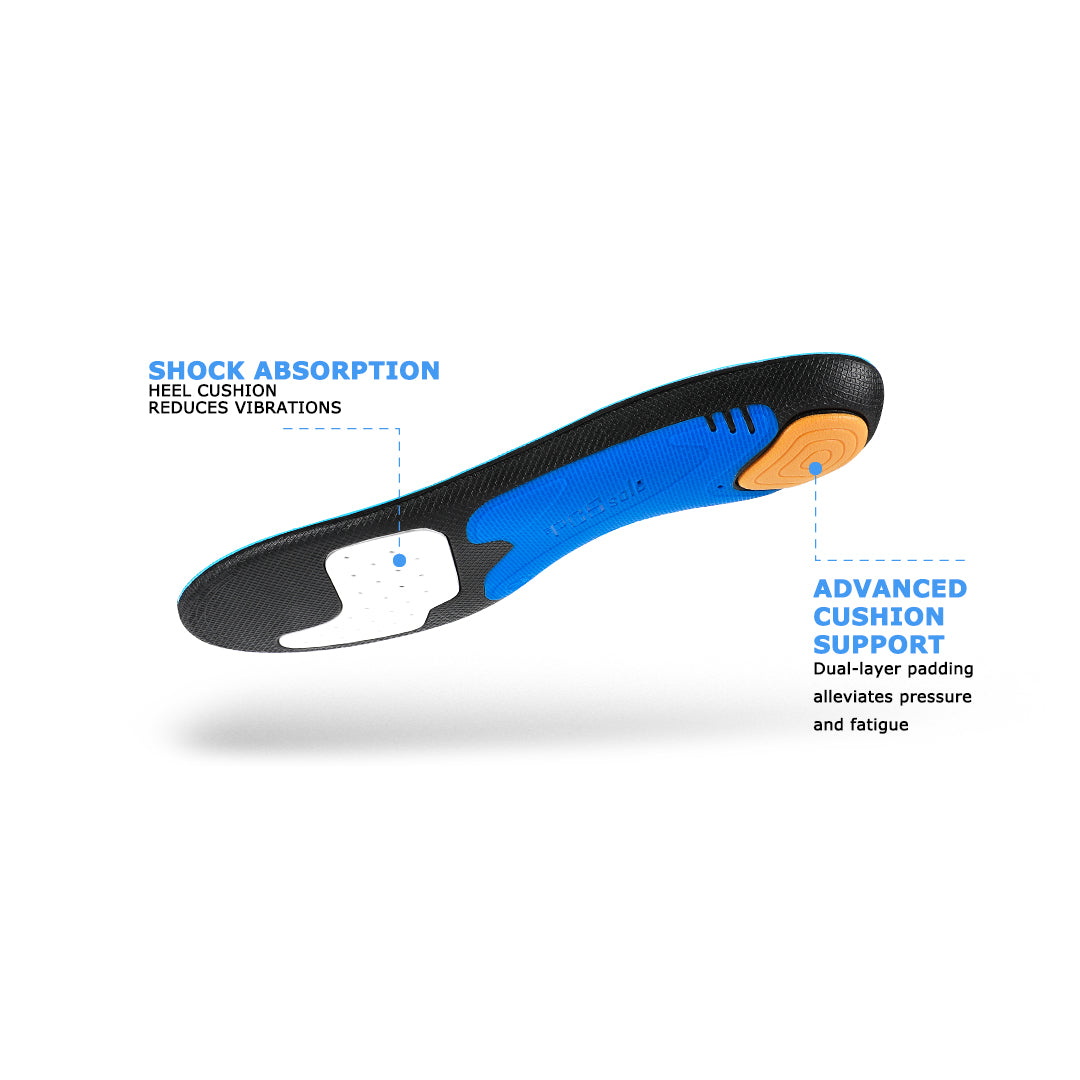
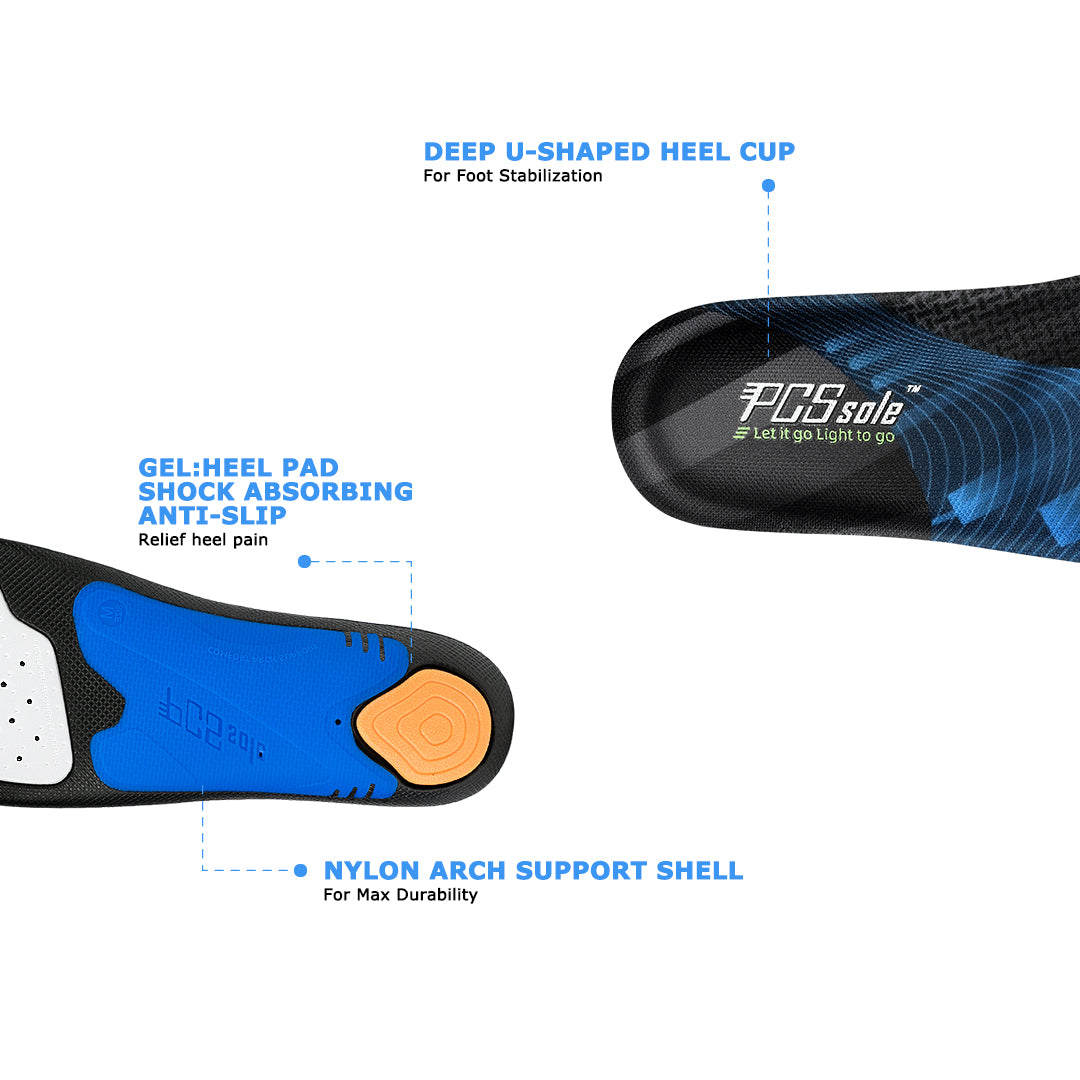
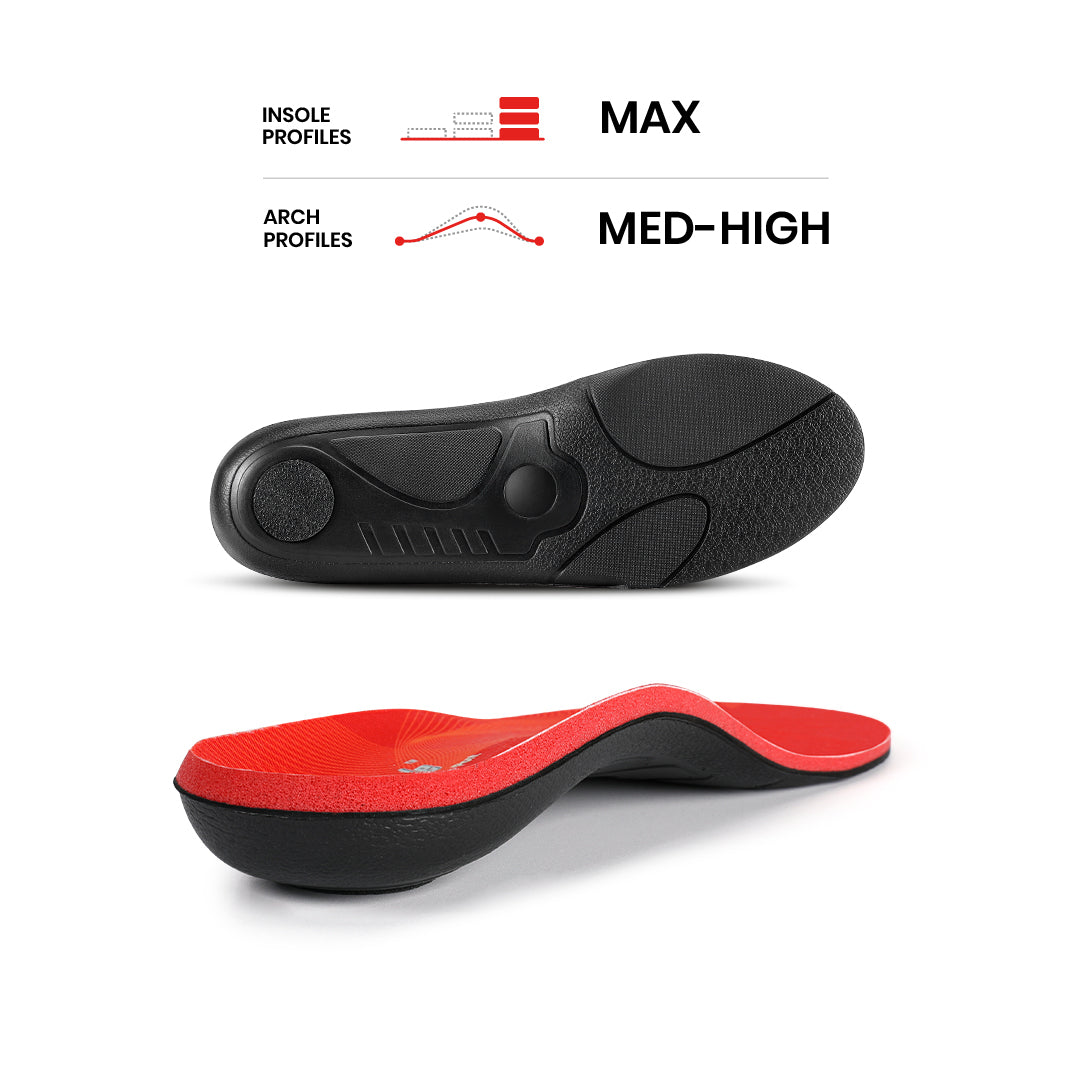
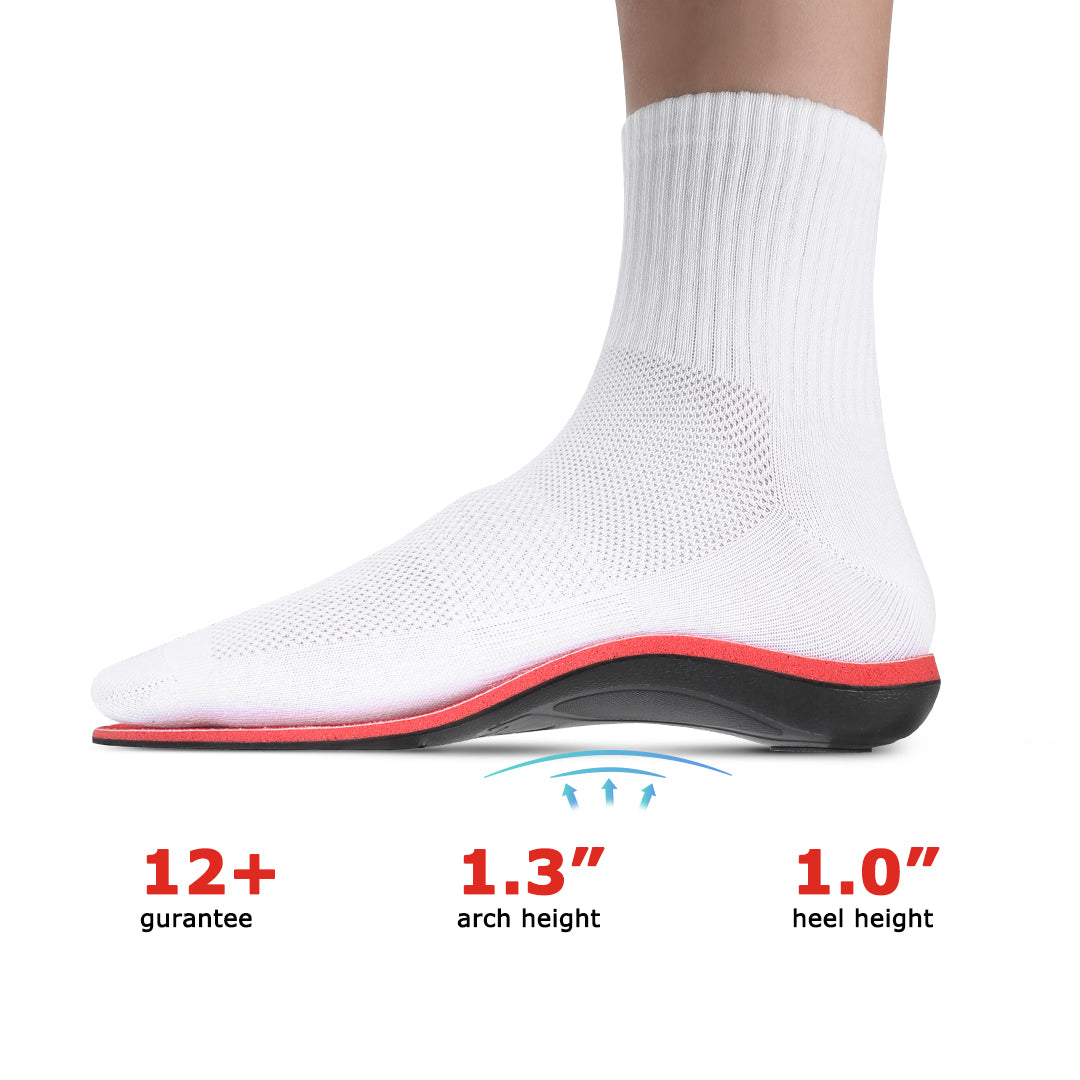
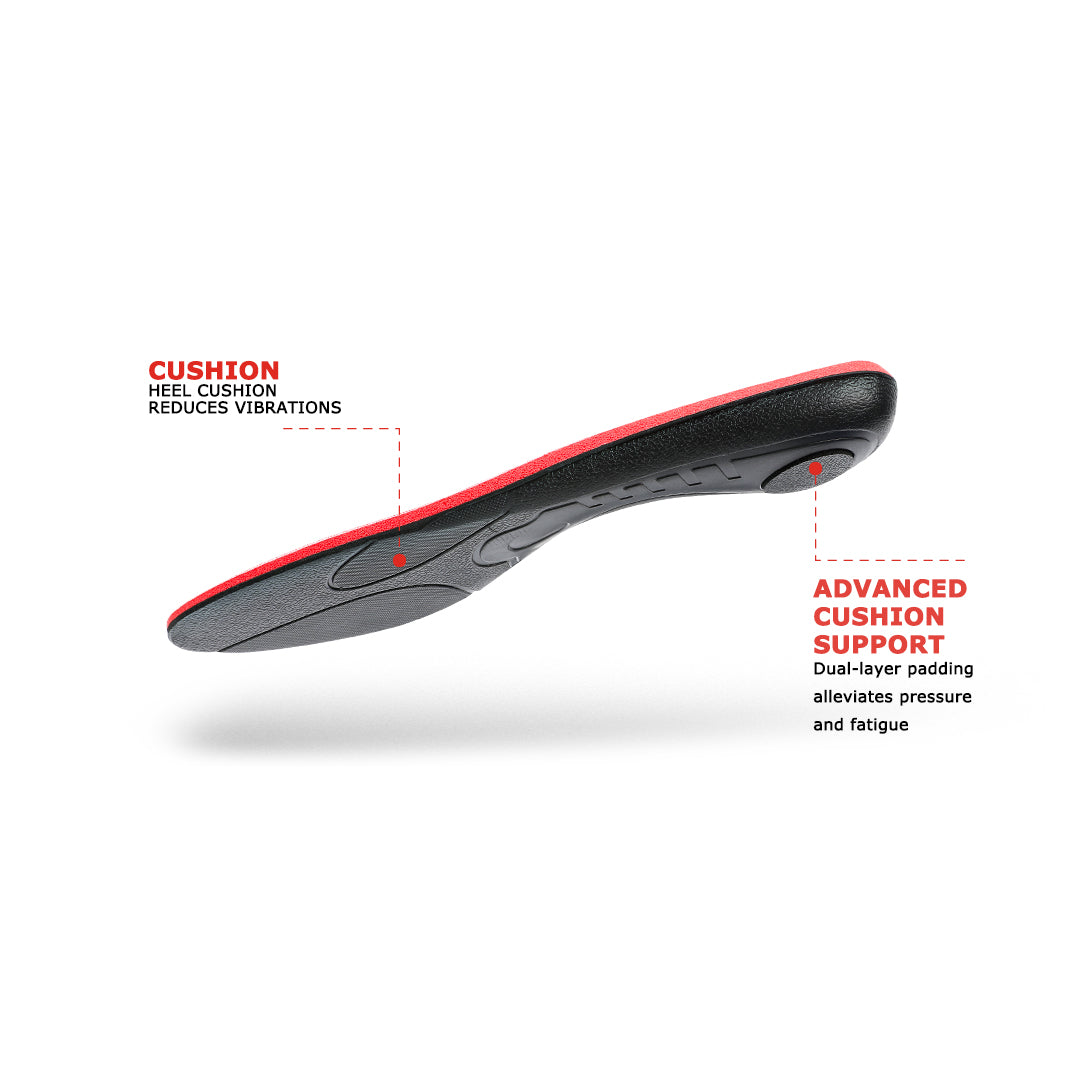
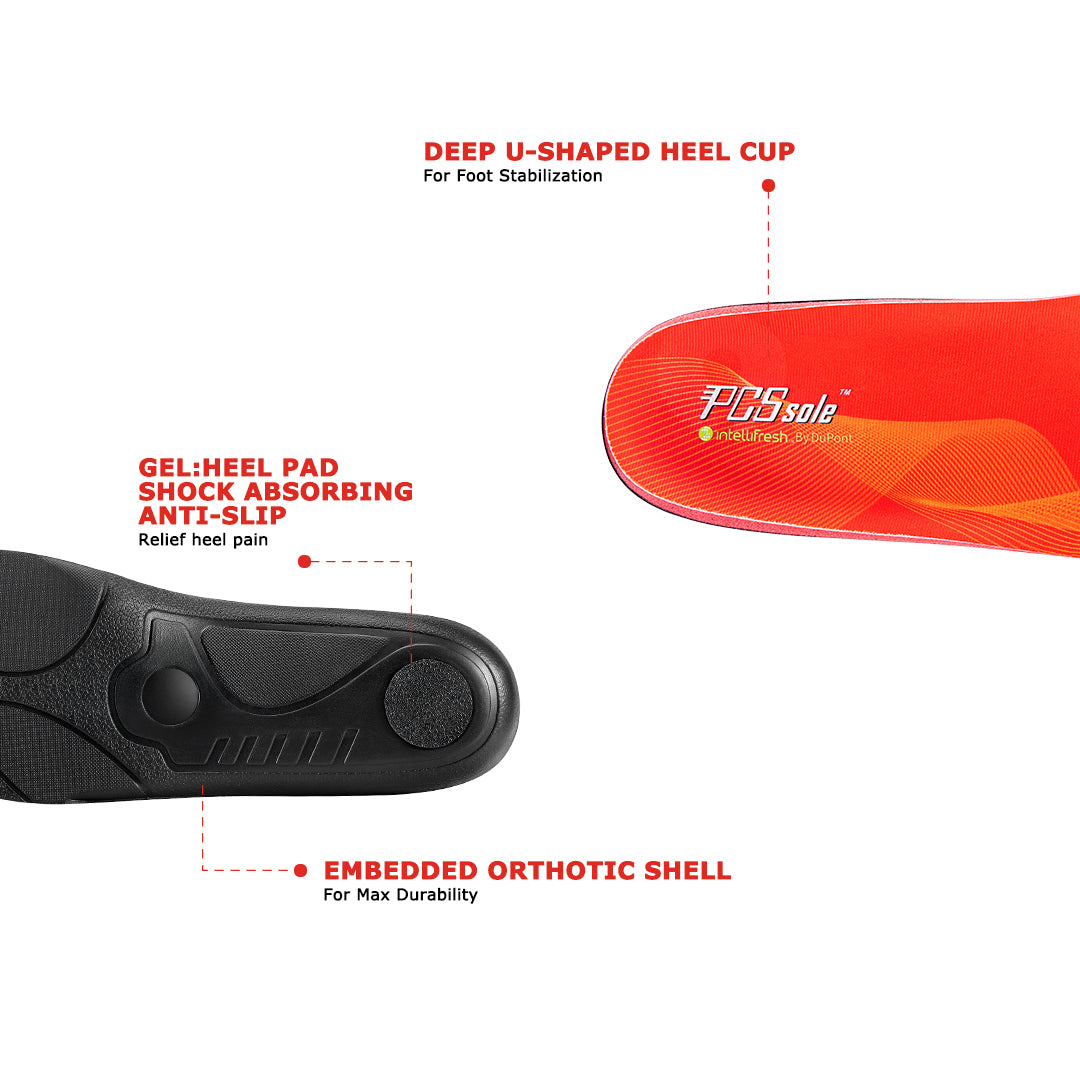
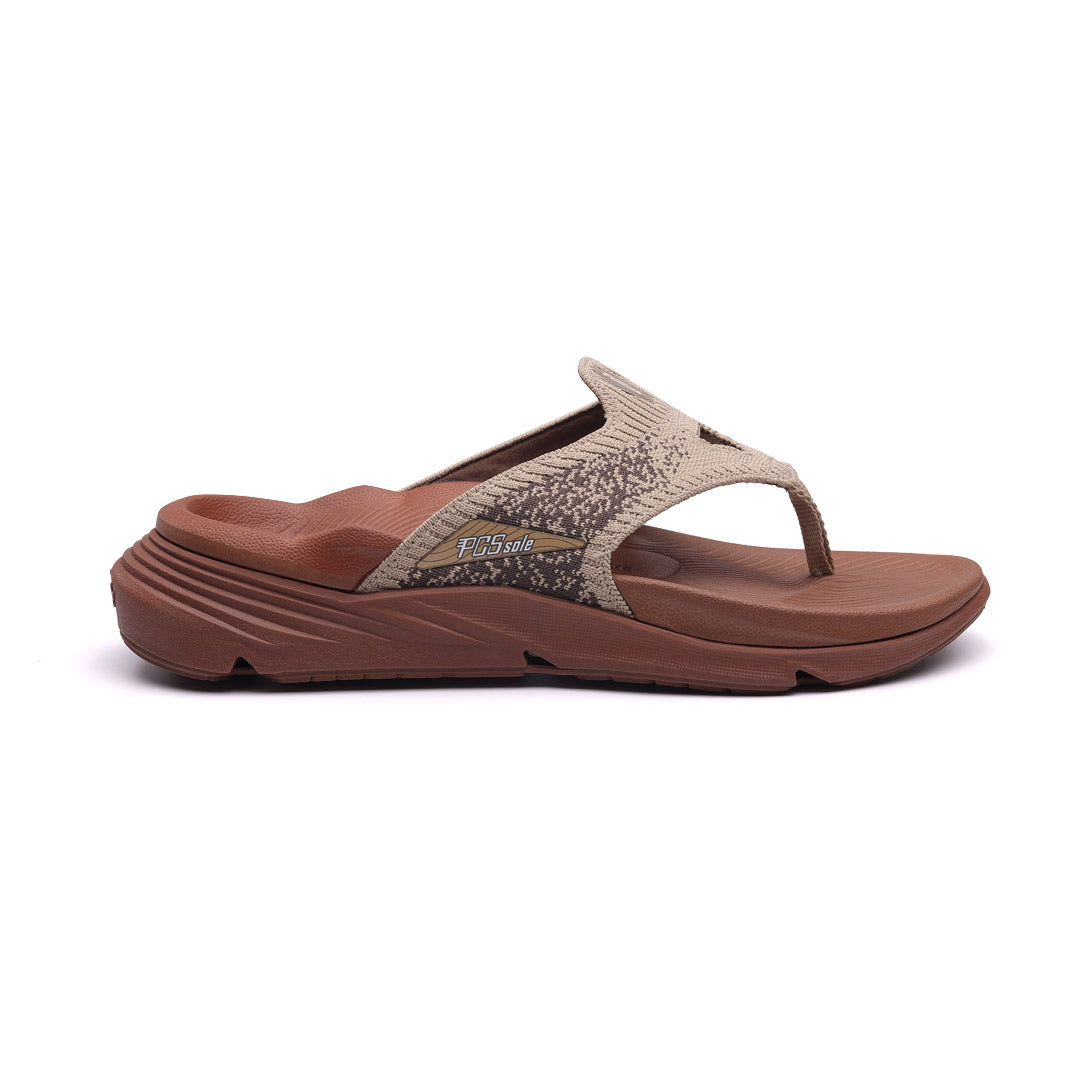


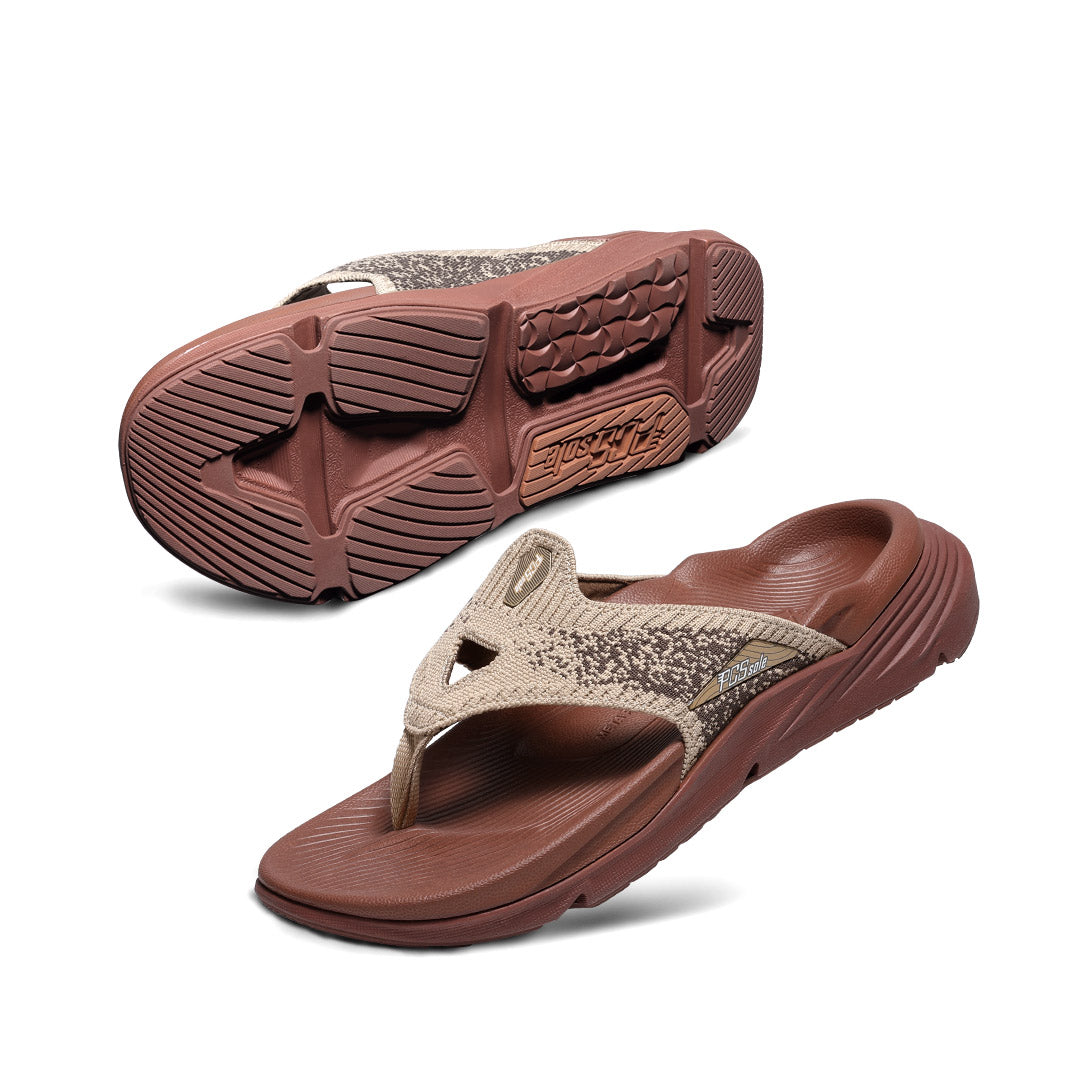
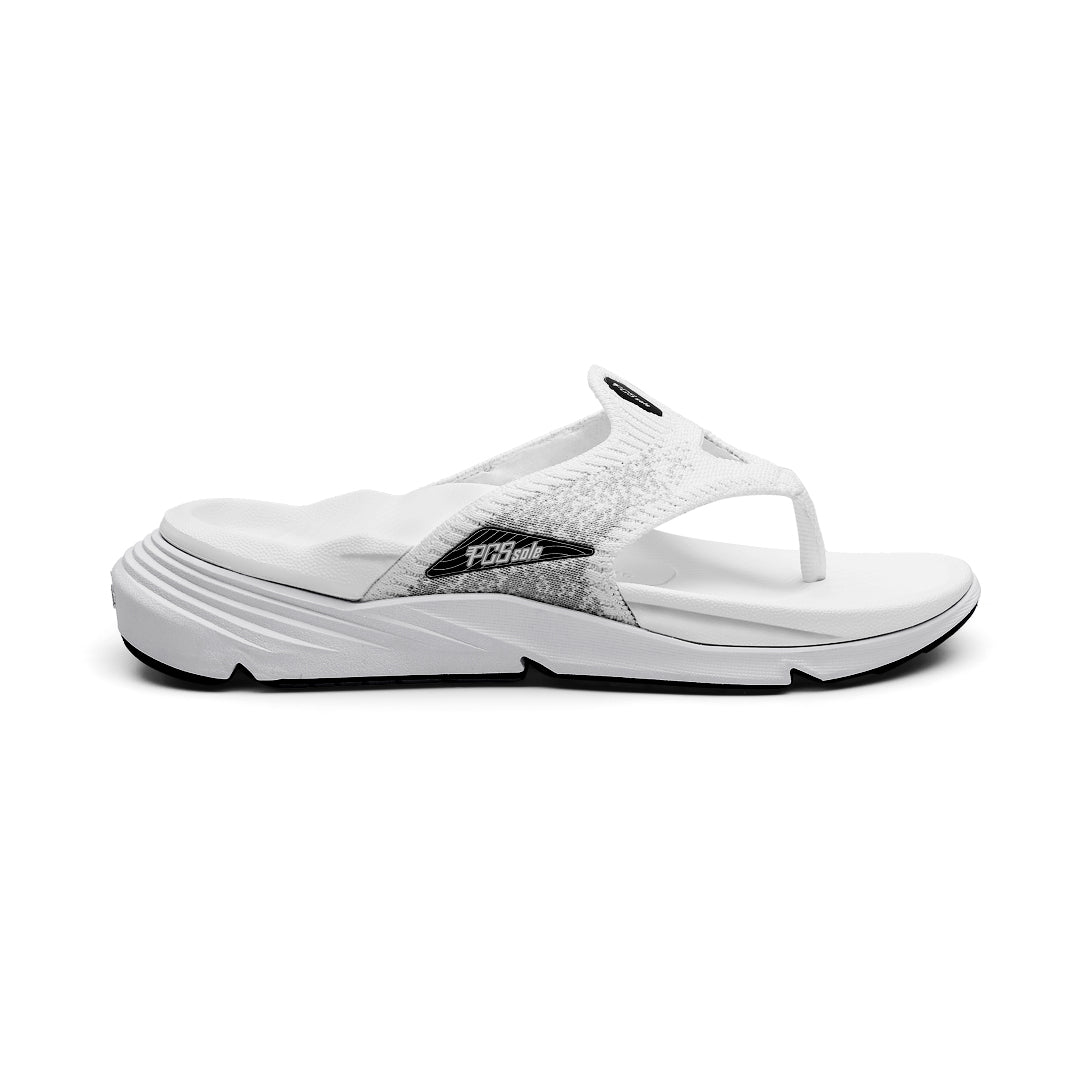

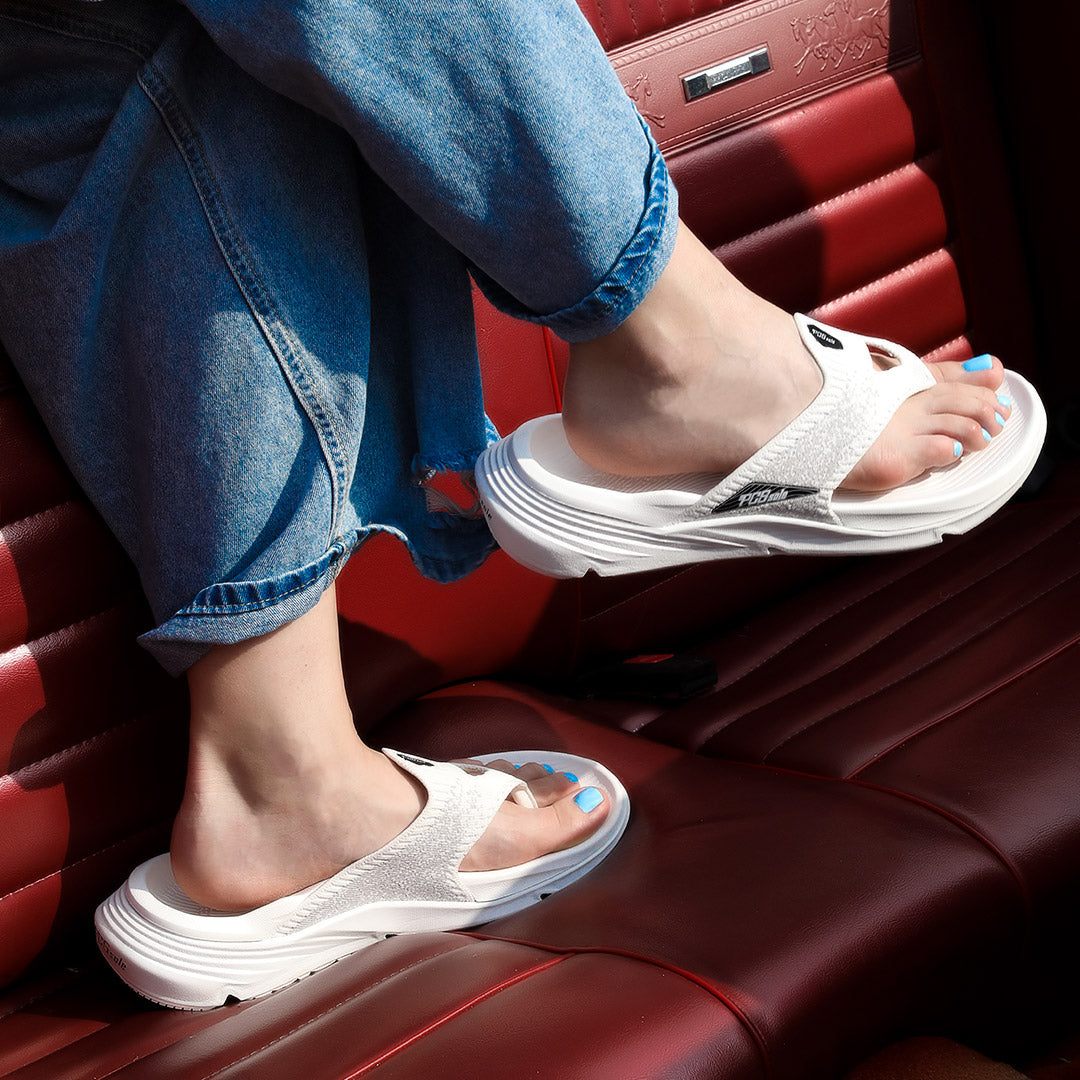
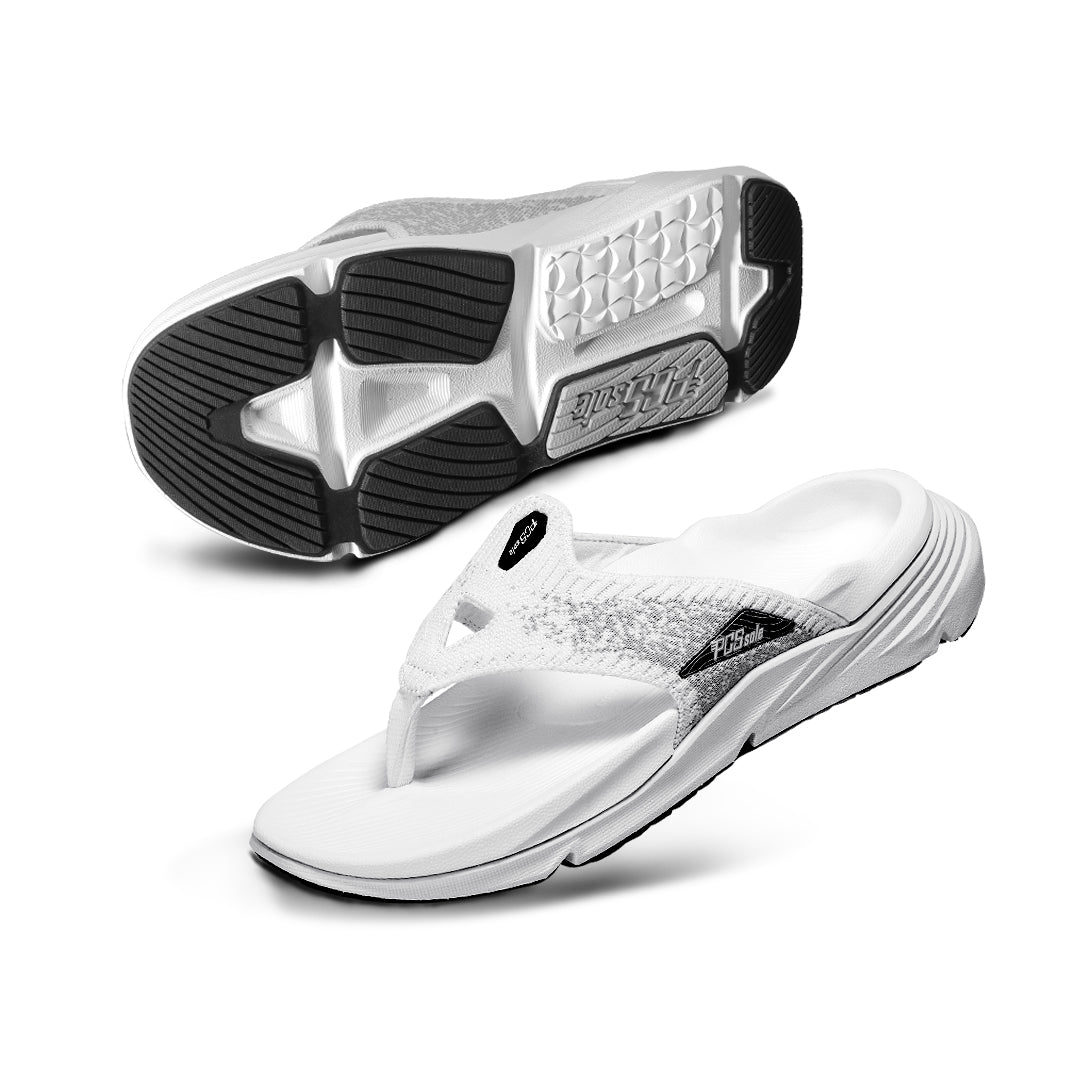
Aktie:
Best Shoe Insoles for Neuropathy Relief in 2025
Electrolytes and Athletic Performance: Enhancing Endurance for Pros and Amateurs